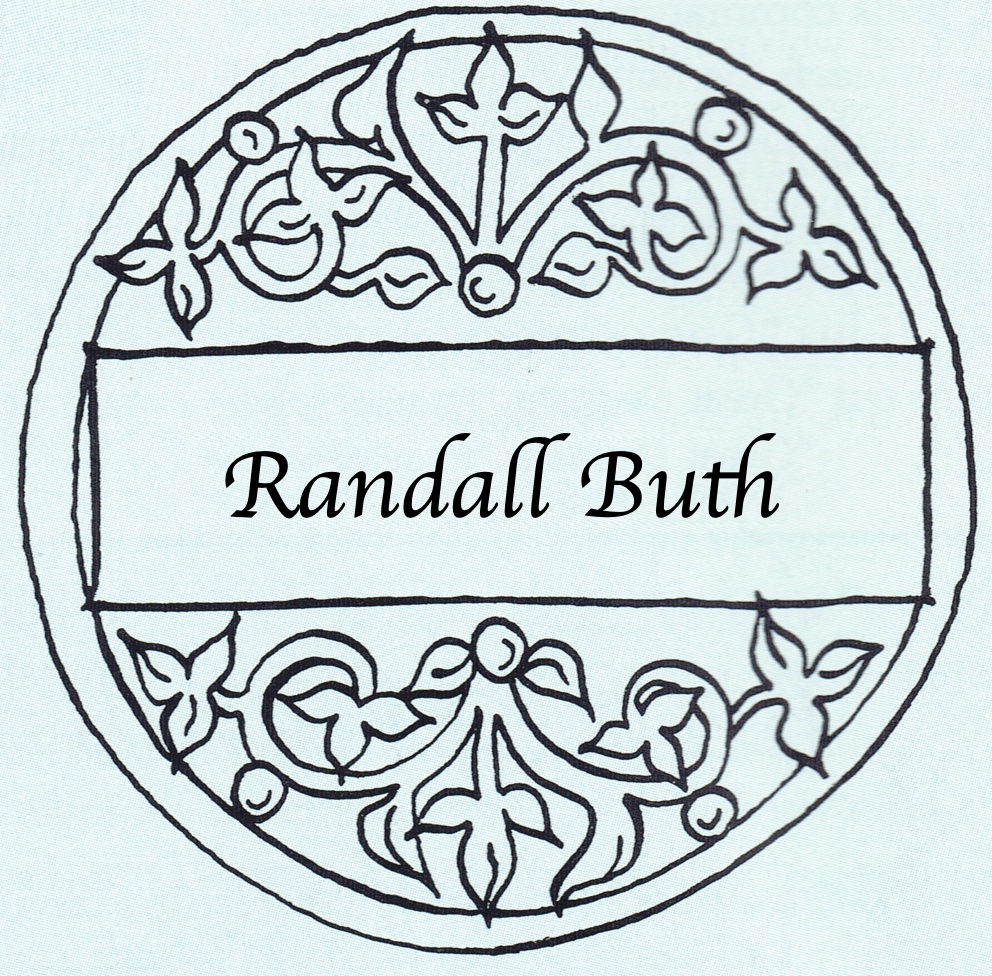How to cite this article: Randall Buth, “Where Is the Aramaic Bible at Qumran? Scripture Use in the Land of Israel,” Jerusalem Perspective (2004): [https://www.jerusalemperspective.com/4679/].

Qumran has many Aramaic documents but shows a provocative lack of targum (Aramaic translations of Scripture). With nearly all the Qumran material published, we still have only two copies of an Aramaic Job and a piece of Leviticus 16 in Aramaic to represent the Aramaic Bible at Qumran. If we included the Apocrypha, we could add the four copies of Aramaic Tobit.
Premium Members and Friends of JP must be signed in to view this content.
If you are not a Premium Member or Friend, please consider registering. Prices start at $5/month if paid annually, with other options for monthly and quarterly and more: Sign Up For Premium
- [1] Takamitsu Muraoka, "The Aramaic of the Old Targum of Job from Qumran Cave XI," Journal of Jewish Studies 25 (1974): 425-443; LXX Job 42:17; see also Ed Cook, "Qumran Aramaic and Aramaic Dialectology," in Studies in Qumran Aramaic (ed. T. Muraoka [Supplement 3]; Louvain: Peeters, 1992), 1-21; and idem, "A New Perspective on the Language of Onkelos and Jonathan," in The Aramaic Bible: Targums in their Historical Context (JSOTSup 166; eds. D. R. G. Beattie and M. J. McNamara; Sheffield: Sheffield Academic Press, 1994), 142-156. ↩
- [2] Ze'ev Safrai, "The Origins of Reading the Aramaic Targum in Synagogue,” Immanuel 24/25: The New Testament and Christian-Jewish Dialogue: Studies in Honor of David Flusser (1990): 187-193. ↩
- [3] See note 7 below. ↩
- [4] See note 6 below. ↩
- [5] See Lee Martin McDonald and James A. Sanders, eds., The Canon Debate (Peabody, MA: Hendrickson, 2002). ↩
- [6] Bruce Chilton, Rabbi Jesus, An Intimate Biography (New York: Doubleday, 2000), 4. Chilton's remarks need a double correction. This paper only deals with the question of first-century targums. Chilton's assumption that "few of them could read" explains his specific reference to an oral targum, but also reflects a minimalist view of Jewish literacy that also needs correction. The literacy question goes beyond the scope of this article and is irrelevant to the question of targums. Briefly on literacy, it can be noted that the rabbinic concern to find "readers" in a synagogue (Soferim 11:1; t. Megillah 3:5) does not reflect high illiteracy, but refers to a special group of people who could read the unvocalized Hebrew Bible in a synagogue setting before ten witnesses, according to the received tradition. The traditions were complicated and any mistake required rereading a verse. It was possible for a synagogue to have only one such reader. But a synagogue full of illiterates is a misrepresentation of Jewish society. ↩
- [7] Lee Levine, The Ancient Synagogue (New Haven: Yale University Press, 2000), 150. ↩
- [8] Edward Kutscher dated the Palestinian targum tradition to post-Bar Kochva (A.D. 135 ff.) and the Onkelos-type of targum to pre-Bar Kochva ("Language of the Genesis Apocryphon: A Preliminary Study," Scripta Hierosolymitana 4 [1958]: 10 n. 44). He did not commit himself as to how far back an Onkelos targum had started. Ze'ev Safrai, "Origins of Reading the Aramaic Targum" (above note 2), specifically dates the targum to a post-Second Temple, second century period. ↩
- [9] See Muraoka, "The Aramaic of the Old Targum of Job from Qumran Cave XI" (above note 1). ↩
- [10] Ed Cook, "Qumran Aramaic and Aramaic Dialectology" and "A New Perspective on the Language of Onkelos and Jonathan" (above note 1). ↩
- [11] The Septuagint is probably referring to an Aramaic translation of the whole book of Job. Frequently, ἑρμηνεύεται (ermeneuetai) refers to translation, though it may be used for generic descriptions as well. The subject of the verb, οὗτος (outos, "this"), is masculine, so it refers primarily to Job the person rather than to a βίβλος (biblos, "book"), which is feminine, or a βιβλίον (biblion, "booklet"), which is neuter. ↩
- [12] Levine listed four reasons for the existence of written targumim in the Second Temple period:
- Job and Leviticus 16 were found at Qumran, and rabbinic tradition cites the Gamaliel stories about a Job targum.
- There are exegetical traditions found in the targumim that are parallel to those found in Josephus, Qumran, Septuagint, apocryphal literature, New Testament and rabbinic literature.
- There are linguistic ties between the targumim and Qumran Aramaic.
- Rabbinic authorities in the second century A.D. are aware of targumic practices in the synagogue and such a situation points to earlier, existing practices.
Only this last point carries any weight. As detailed in this article, the first point actually exposes the lack of evidence for a targum to the whole Bible. The multiple attestations all point uniquely to Job, not to Scripture in general. The second point is irrelevant, but may expose a circular kind of reasoning used by many in the field. The point would be valid only if the exegetical traditions originated with the targum. Otherwise, it merely shows that there was a rich exegetical tradition in Jewish culture that shows up in many sources, including the targumim. The targumim were able to draw on those traditions and incorporate them. This makes the targum valuable as a source for old traditions, but does not place the targum in the Second Temple period. The third point about dialect cuts in two directions. The differences from Qumran Aramaic must also be considered. A second-century origin to targum traditions has a better fit than a first-century hypothesis. If foreign origins for targum traditions are posited for Job, then both time considerations and dialectical differences from Qumran become irrelevant. The fourth point, while important, becomes data that must fit first-century data. Ze'ev Safrai studied the rabbinic citations and concluded that the targumic practices under discussion started in the second century. He came to his conclusions independent of the archaeological profile provided by Qumran. We should acknowledge that Qumran supports him. ↩
- [13] See Saul Lieberman, Tosefta ki-fshuta, 3:203 n. 6. ↩
- [14] This matches certain hints in rabbinic literature. Mishnah, Megillah 1:8 records a rabbinic difference of opinion: "The books [of Scripture] may be written in any language.... Rabban Shim'on ben Gamaliel says, 'They have not permitted Scriptures to be written in any language except Greek.'" This halachic dispute appears to reflect a situation in the mid-second century A.D., when Greek translations were an accepted fact, but an Aramaic targum was not yet in wide use in the Land of Israel. Qumran manuscripts reflect a similar situation at an earlier period. ↩
- [15] Please note that this does not necessarily imply that Hebrew was the first language, or market language, for most of the people, but only that it was part of a trilingual environment, with Greek and Aramaic also being widely used. Some of the complexity of language use is reflected in the ketubbot (marriage deeds). From the wording of Mishnah, Ketubbah 4:12, we may conclude that in Jerusalem and the Galilee marriage deeds were written in Aramaic, but in the Judean hills they were written in Hebrew. We might compare this linguistic situation to a mixed Spanish-Italian community where children grow up hearing both languages on a regular, even daily basis. It would not matter to members of this community which language was used as a mother tongue, or primary language. A speaker would use the language that was appropriate to the social context, and everyone would be able to follow. Besides Jewish multi-lingualism, it would appear that there were mother-tongue Hebrew environments in existence up through the second century A.D., probably more so in Judea than in Galilee, and a general decline of Hebrew after the destruction of A.D. 70, and especially after that of A.D. 135. From the third century A.D. Hebrew was still expected to be understood by the general adult Jewish population, but as a second language where Hebrew and Aramaic Scriptures were read antiphonally for interactive understanding. See S. Fraade, "Rabbinic Views on the Practice of Targum and Multilingualism in the Jewish Galilee of the Third-Sixth Centuries," in The Galilee in Late Antiquity (ed. L. I. Levine; New York: Jewish Theological Seminary of America, 1992), 253-286; and note the situation behind y. Megillah 4.4, 75b, where parents in Tarbanat asked for half verses of Hebrew and Aramaic to be read for their children. ↩



